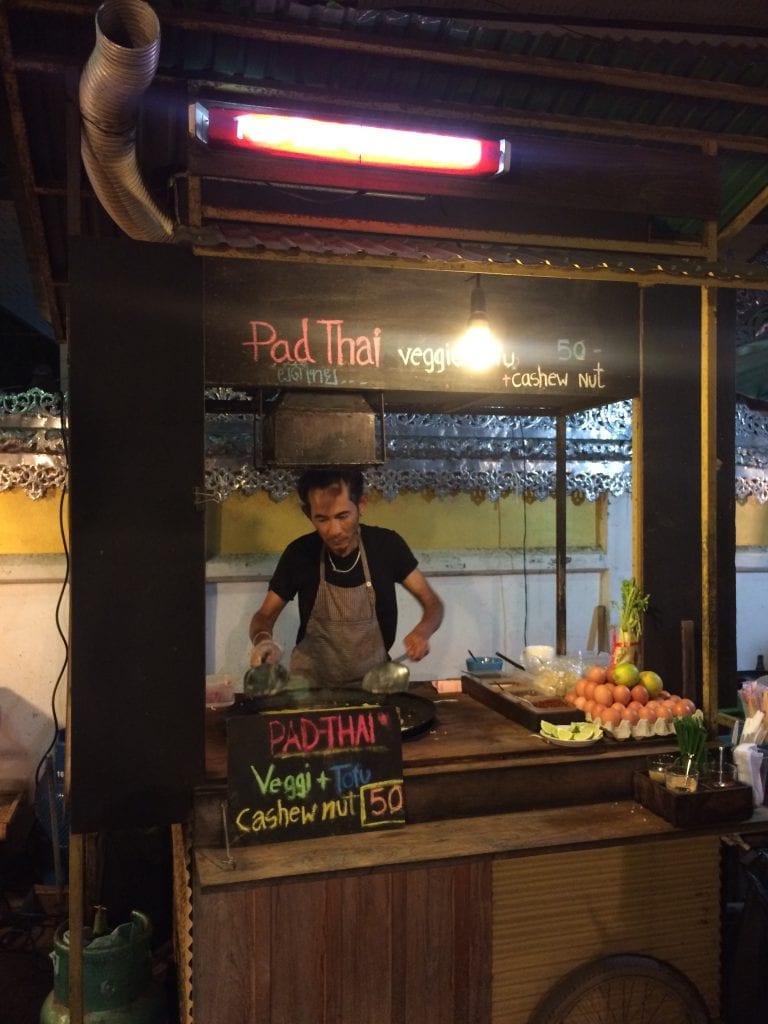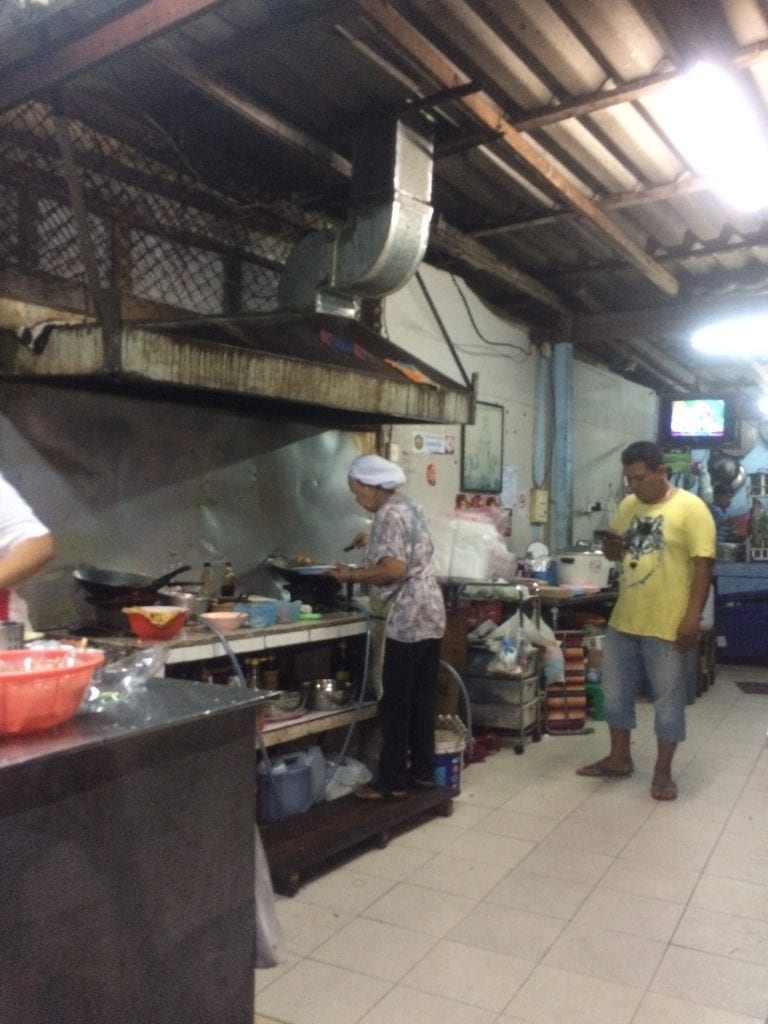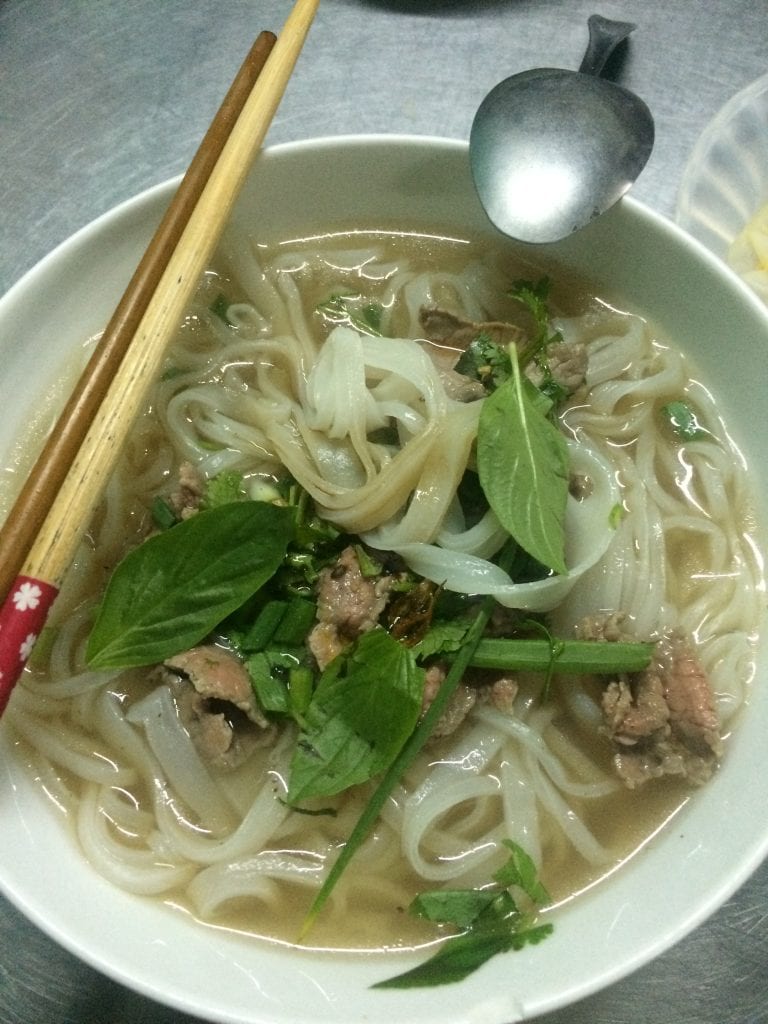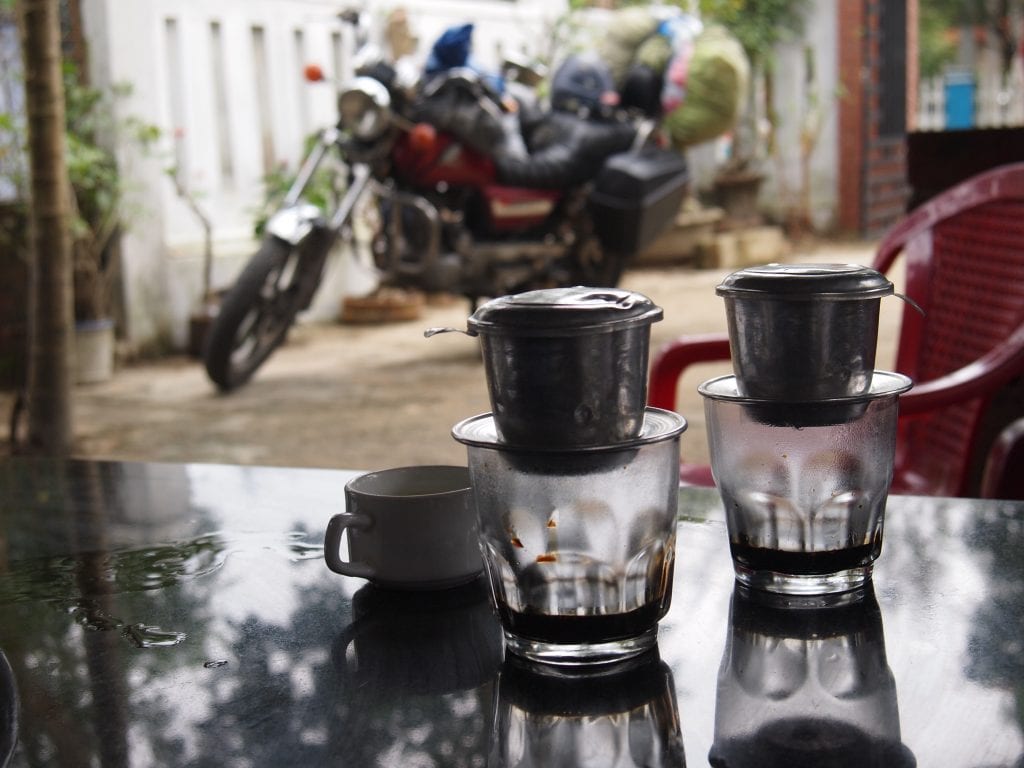Street food: to eat or not to eat?
When it comes to street food, most people are in one of two camps – they either won’t go near it or they head straight to the food market for a taste of the local cuisine. Those will little travel experience will tell you to steer clear. Your family medical practitioner will tell you the same thing. But is it really something to fear or could you be missing out on some of the tastiest food a country has to offer? Let’s get the story straight, so that you eat safely while on the road.
When I first started travelling I was in the “avoid it at all costs” camp. I have a sensitive gut and a very picky attitude towards food. Other travellers would rave about the local food markets and I would be sticking to the “safer” restaurants and foods that I recognised.
Until I got food poisoning. The really bad kind that kept me on rehydration liquids and dry crackers for a week. I traced it back to a meal at a busy restaurant used every day by tour groups.
When I felt better and was finally able to eat proper food again, I began to view street food differently. (As a bonus, an unexpected and surprising side effect was a tougher stomach!) So on my next trip I ventured out to the street markets for a taste. After 7 months in Asia, living largely on street food, I am definitely a convert.
What’s so special about street food?
Street food is what the locals eat. It’s inexpensive, authentic and plentiful. While we gorge on fast food in the west, processed to within an inch of its life and with little nutritional value, the rest of the world lives on street food. It’s their version of fast food, but the difference is that it is fresh, nutritious and absolutely delicious. And the variety of street food options you can find in a market will beat what you can find on any restaurant menu.
My favourite places to find food are in the local markets and the hole-in-the-wall eateries that serve a couple of dishes, typically cooked by a woman out of her kitchen – delicious! Along the way, I learnt a few important things and, believe it or not, I’ve never been ill again! Here is what I now know about street food to help you enjoy it and make the most of those culinary delights as well.

How to find and eat good street food
There are a few golden rules to keep in mind when browsing the street food stalls for your next meal:
- Busy stalls. A busy stall means a high turnover of food and a greater likelihood that it is freshly cooked. This is one time when you shouldn’t shy away from a queue of people.
- What are the locals eating? They will know their local market vendors, and what food is fresh and good.
- Freshly prepared food. Look out for hot coals and stir fries that are either cooked to order or for food that is coming off the heat and moving quickly.
- Fruit you can peel. If you can peel it, you don’t have to wash it and it’s safer to eat. Beware of fruit that is already peeled. If it’s packaged or covered it should be okay, but it’s still better if you can peel it yourself.
- Cutlery. Either give it a clean with a napkin or rub chop sticks together before you use them. Better yet, have your own bamboo cutlery with you!
- Check the ice cubes. Water is one of the biggest culprits for making you ill. Are the ice cubes large with a hole in the middle? Then they are more likely to be made by a machine using filtered water rather than in the back freezer from tap water. When in doubt, leave them out!

What to avoid
While looking for your next meal, use all your senses. Keep your eyes peeled for what’s going on around a stall, how and where food is stored, and follow your nose.
- Flies and other insects. You can’t avoid them, but you can avoid eating food that they’ve been sitting on. If food and pots are left uncovered and unattended, walk on.
- Use your nose. If it smells bad, it’s probably not good for you!
- Fermented food. This can often hide rotten or spoiled food so best to avoid it.
- Brightly coloured food. Anything that uses strong food colourings could also be hiding older or spoiled produce.
- Raw vegetables and salads. Again, this is where local water could make you ill. Raw vegetables and salads have probably been washed in local water and unless you know that is safe, it’s best to avoid them.
- Fruits without a peel. If you can peel it, you can eat it. Fruits without peels, like apples or berries, may not be clean and you don’t want to worry about the water they are washed in.
- Spices and sauces. Unless you are used to spicy food, you may want to avoid it since it could give you an upset stomach. Sauces are often left out all day in hot temperatures, accumulating bacteria, which will also mess with your gut.
- Eating out of hours. By that I mean when there are fewer people around eating. Food is more likely to have been sitting out for longer, letting bacteria develop. Find out what time the locals eat and eat at the same time.
- Fruit shakes. Be wary of fruit shakes. Check the ice comes from filtered water and choose fruits that you can watch them peel.
- Money and food handling. Is the same person handling raw ingredients also working the till? Are they using the same gloves to handle food and money? Are they using bare hands that you haven’t seen them wash before handling food? If yes, move on.

What to do if you get sick
Ultimately, nothing is foolproof and you may get unlucky. But don’t miss out because you’re too afraid to take a chance – use the tips above and your common sense. If in doubt, move on to the next stall or market. If you do get sick, here are a few tips to help you get back on your feet quickly.
- Travel with rehydration salts. Easy to carry and they can be a godsend when you’re ill. Avoid the sports drinks you can buy in shops as they are heavy on sugar, which isn’t good for you when you’re ill. Remember to use bottled or filtered water.
- Don’t take Imodium unless you have to travel. Whatever is in your system needs to get out and it’s better out than in. You’ll feel better sooner without it.
- Drink plenty of bottled or filtered water. Keep up your fluid intake as much as you can.
- Stick to simple foods. Those dry crackers? They were great for me! Bread or boiled white rice are also good. Skip the coffee and stick to tea for a few days.
- Take probiotics. Keep a stash in your travel kit to re-establish the good gut bacteria after a bout of food poisoning. Plain yoghurt is also good, but check packaging for added sugar.
- See a doctor. If you can’t keep any fluids down or are running a high fever, it may be time to visit a doctor or hospital. You may need medication or fluids. If you need rehydration solutions or over-the-counter medication, try a pharmacy. Taking out travel insurance should cover you and is always good to have. I’ve been using SafetyWing for years and do recommend it.
In the first few days of your trip you are bound to have mild stomach upsets as you get used to new foods, water and a different climate. If that happens, take it easy, stick to simple foods and keep up your fluid intake. You know your body better than anyone, so be sure to listen to what it’s telling you.
Choose your food wisely and you will fall in love with street food, I promise!

